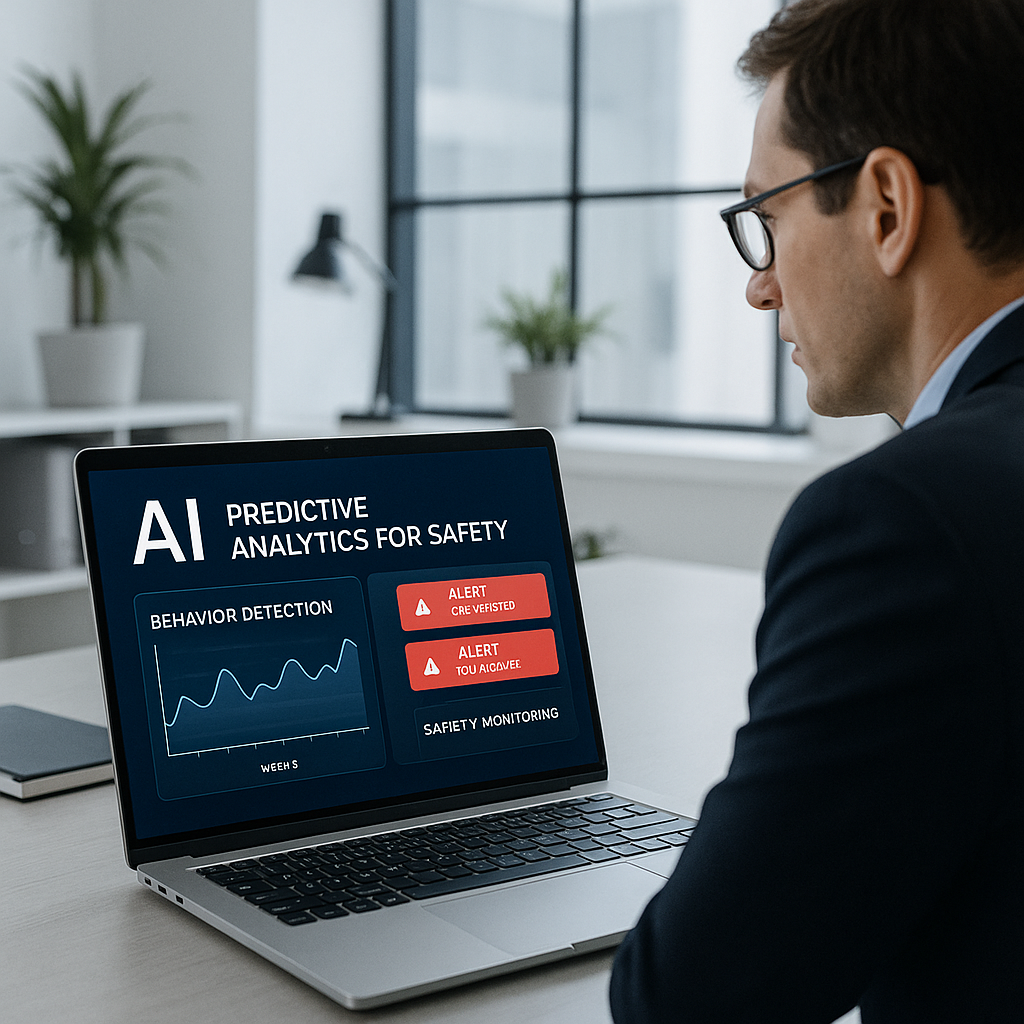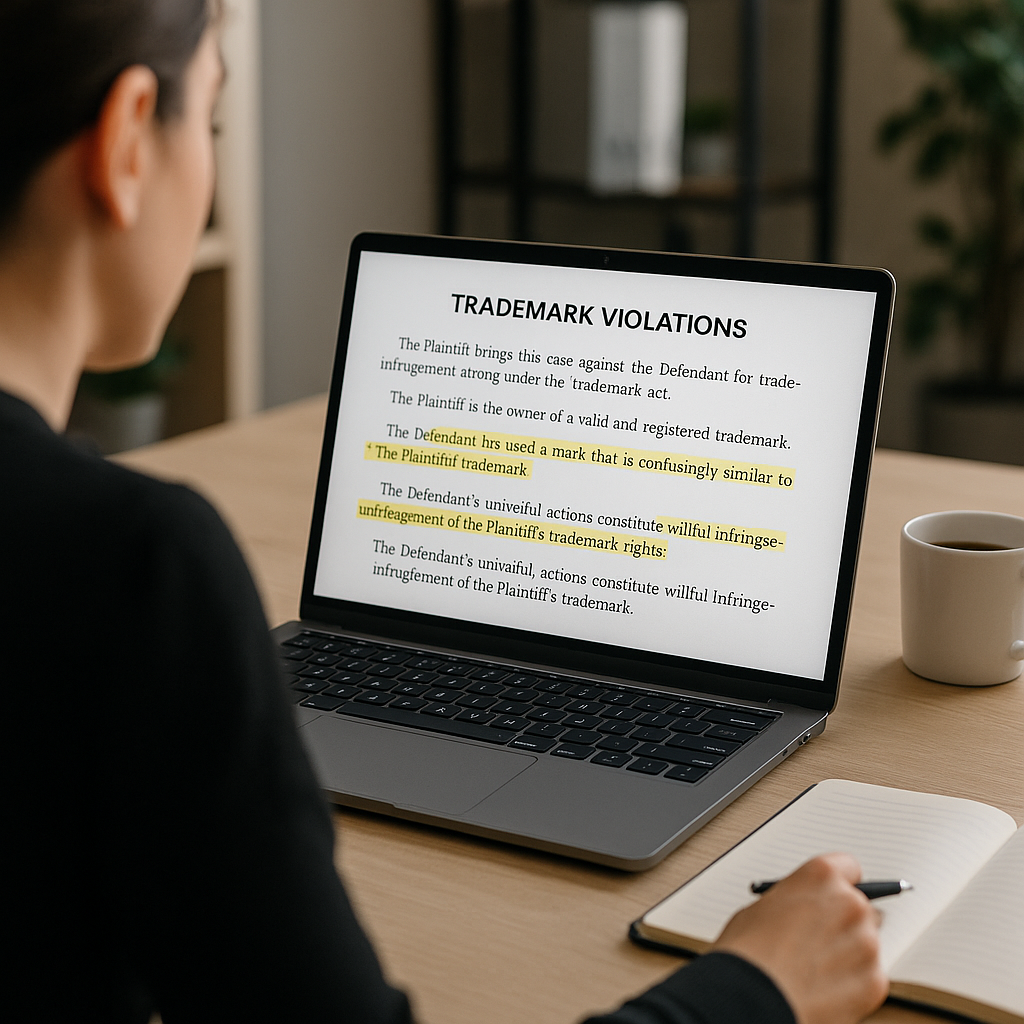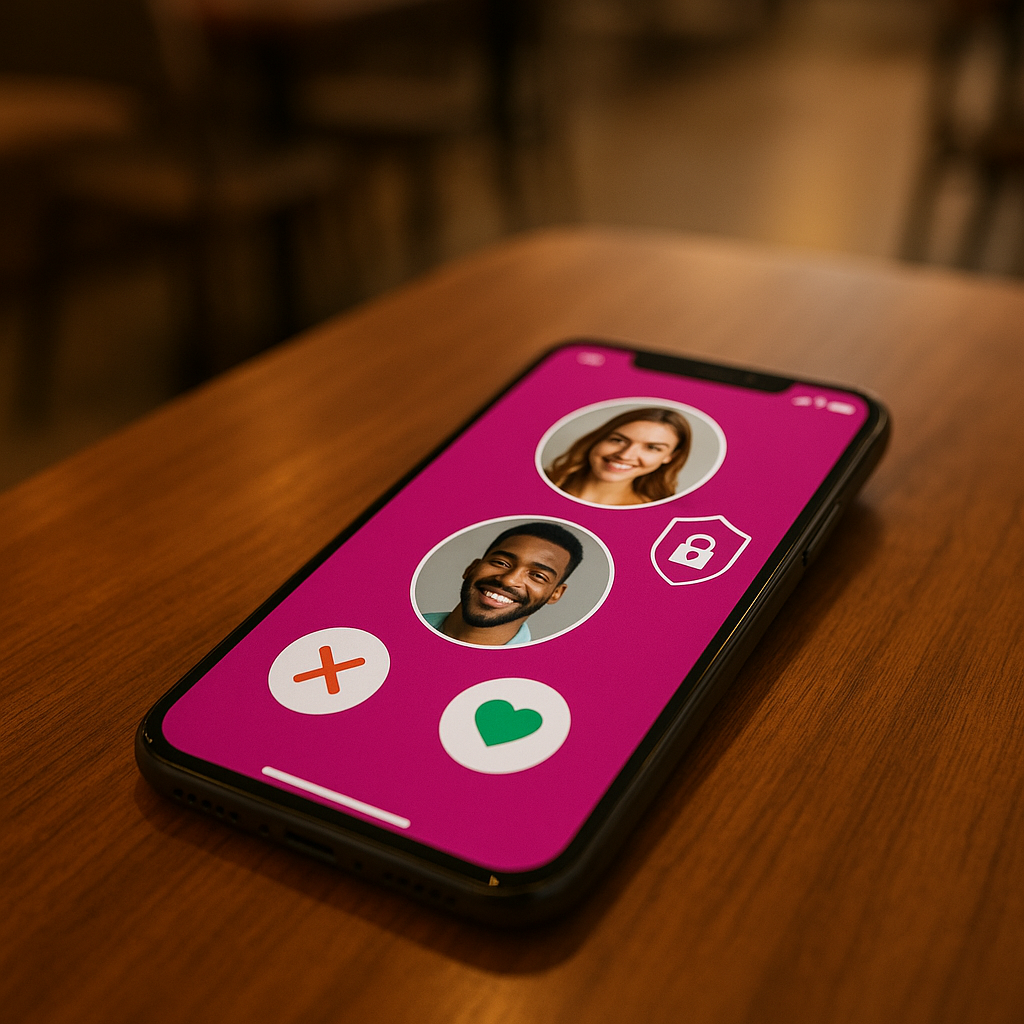# New York City’s Subway: A Brave New World of Predictive Prevention Through AI
As we step into the era of digital transformation, cities across the globe are exploring innovative solutions to enhance safety and efficiency in public transportation. At Best Choice, we understand the critical role technology plays in modern infrastructure, and one emerging initiative close to our hearts is the Metropolitan Transportation Authority’s (MTA) experiment with artificial intelligence (AI) on New York City’s subway systems. With the aim of predicting and preventing crime before it happens, the MTA is looking to revolutionize how we perceive safety in public spaces.
## Understanding the Need for Predictive Prevention
The bustling subway system of New York City is not just a means of transport; it’s a lifeline connecting millions of residents and visitors. However, it also faces challenges, including crime and unsafe behavior. MTA’s Chief Security Officer, Michael Kemper, recently stated that the agency is keen on employing AI to detect potential trouble on subway platforms. But why is this crucial?
Preventive measures not only enhance passenger safety but also contribute to the overall perception of the subway system as a secure environment. The promise of AI lies in its ability to analyze vast amounts of data and detect patterns in human behavior—something that is often difficult for human observers to achieve in a busy transit environment. The MTA’s initiative seeks to address these challenges proactively before issues escalate, making the subway more inviting and less intimidating for everyone.
## How AI Can Make a Difference
In the words of MTA officials, “AI is the future.” This statement rings true across various industries, and public safety is no exception. Imagine a situation where AI algorithms analyze live video feeds from cameras installed in subway stations and can instantly recognize erratic behavior. If someone is acting irrationally or showing signs of distress, the system could send alerts to security personnel or the local police before any adverse incident occurs.
The critical thing to note here is that the MTA’s approach does not involve facial recognition technologies. Instead, it focuses on identifying behaviors. This is a significant step forward in privacy preservation while still enhancing on-ground security. By zeroing in on actions rather than identities, AI can help authorities react to incidents without infringing on civil liberties.
## Real-World Applications and Past Experiences
While the MTA is still in the pilot phase of its AI initiative, other sectors have illustrated the effective use of AI for similar purposes. For instance, cities like London have utilized AI for traffic monitoring and public safety. These systems have significantly reduced response times to incidents by utilizing predictive analytics.
Moreover, businesses have leveraged AI for similar predictive maintenance purposes. A manufacturing company I once worked with implemented AI algorithms to predict machinery failures before they became costly issues. The result was a significant decrease in unexpected downtimes and repairs, much like what the MTA hopes to accomplish regarding crime prevention.
## Staying Ahead of the Curve with Technology
For businesses, staying ahead of potential issues is critical. Just as the MTA uses AI to predict safety concerns, companies can adopt similar strategies to improve workflow and operational efficiency. For example, integrating AI into customer service operations can predict customer queries or issues. By anticipating these needs, businesses can enhance their service delivery, just as subways can provide a safer journey.
Moreover, adopting cloud services and data analytics can help manage and utilize data effectively. By analyzing behavioral data, businesses can develop insights that drive better decision-making and risk management, key components in today’s fast-paced environment.
## The Path Forward
As the MTA collaborates with technology companies to refine this initiative, it’s clear that the future of subway safety may very well depend on intelligent systems capable of not just reacting to incidents but preventing them. We at Best Choice believe that similar AI-driven solutions can be universally applied to various sectors—including healthcare, retail, and finance—to enhance safety and efficiency across the board.
The ongoing exploration of AI in New York’s subway system represents a significant shift in how we think about safety in public transit. As this technology develops, we can expect a more proactive approach to crime prevention—making public transportation a safe space for everyone.
## Conclusion: Embracing Innovative Solutions
As we look at the MTA’s venture into utilizing AI for predictive crime prevention, we must appreciate its potential impact on public safety and community well-being. If you’re a business or public entity considering how technology can revolutionize your operations, now is the perfect time to reach out. At Best Choice, we specialize in providing digital solutions that leverage data analytics, AI, and automation to ensure your organization stays ahead of the curve.
Let us help you identify the right technology solutions for your needs and build a safer, more efficient future together. Contact us today to explore how we can transform your operations through innovative IT solutions!





